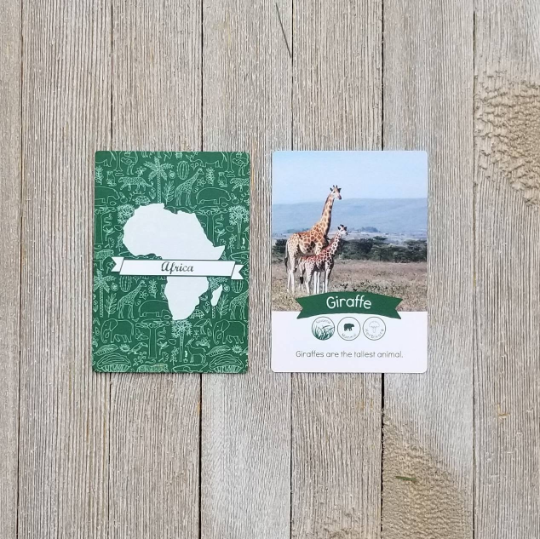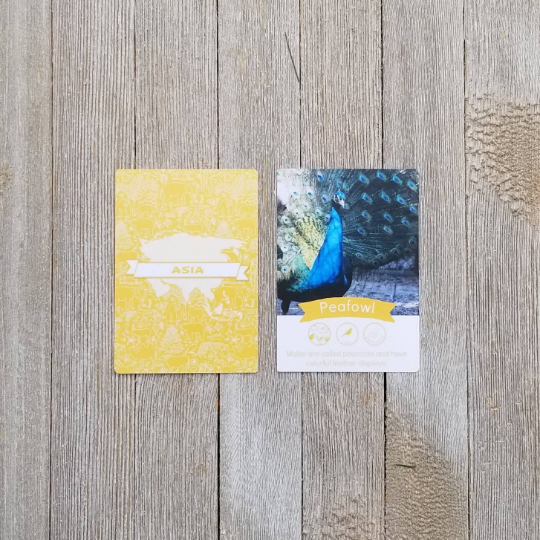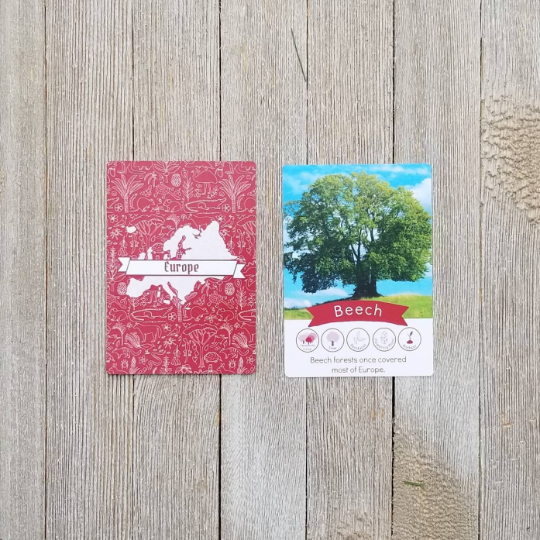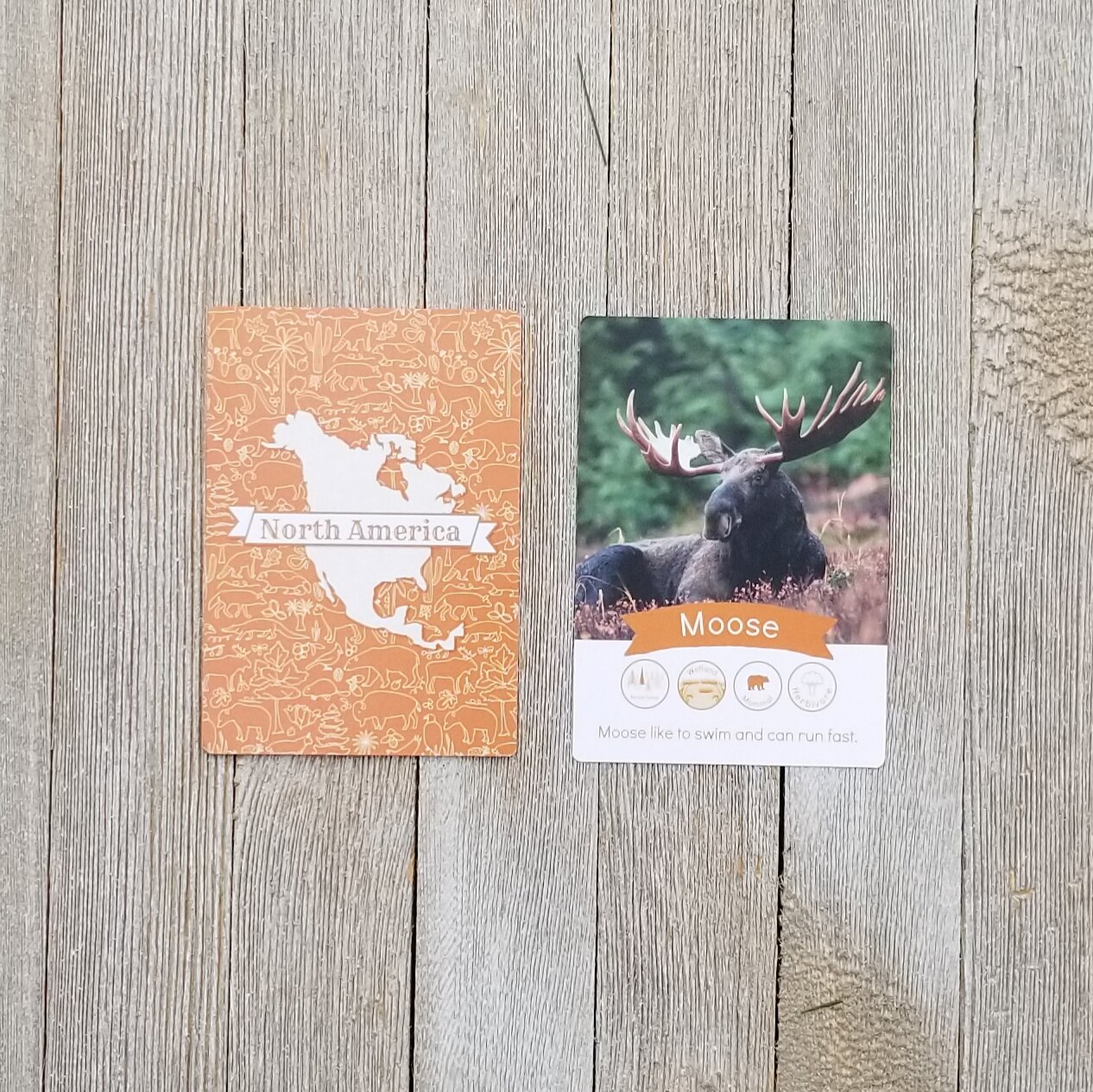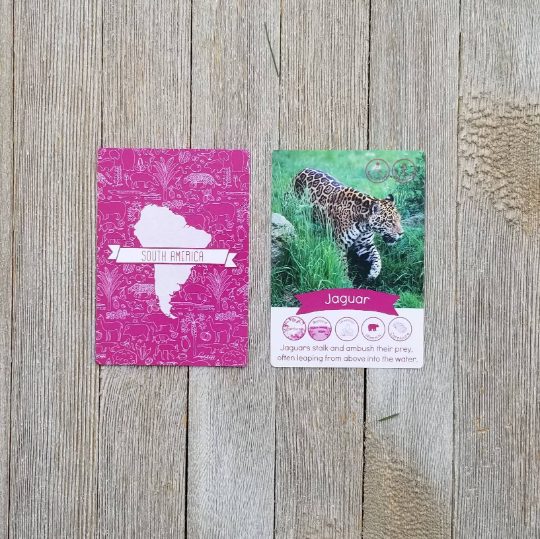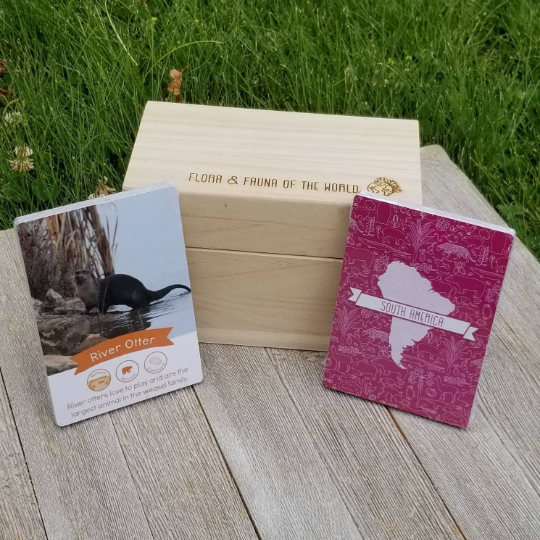Landforms & Biomes: Foundations For Early Elementary
Links to videos, songs, books, apps, and online resources in the landforms and biomes curriculum.
The links below are for the Landforms and Biomes curriculum available here in a printed version or here in a digital version.
Discover the wonder of our beautiful world in this year-long science & geography curriculum for early elementary.
Hands-on lessons, vivid demonstrations, and songs for memorization bring learning to life as children discover their place in space, forces that shape the earth, and the abundant life on our planet.
Topics covered include Our place in space, weather, erosion, volcanism, plate tectonics, land and water forms, classification of living things, what living things need to survive, parts of a biome, and the 12 major biomes of the earth.
This course lays a foundation in ecology, earth science, biology, and geography that you can build on through continent study or classical science courses. It is ideal for 1st- 3rd grade or ages 6-10.
Required Books And Online Resources
Buy at the links below or check out from your local library
Recommended Books and Online Resources
To Buy on Amazon click the pictures below.
Video Links
Click the videos below to watch the videos mentioned in the curriculum
States of Matter Demonstration
A video to show you the states of matter cereal demonstration so you can repeat it in your classroom or home. From Lesson #2 States of Matter.
How the earth came to be
This video show a quick synopsis of how the earth was formed and life evolved to where it is today. From Lesson #3 Continents, Oceans, and Atmosphere.
Day, Night, and Seasons of Earth
This video shows you how to do a light demonstration that illustrates how day/night work as well as the seasons as the earth rotates on its axis and revolves around the sun. From Lesson #6 Seasons & Climate.
Climate Zones of Earth
This video shows you how to do a light demonstration that illustrates how climate zones work on earth. As well as reviewing the equator, northern, and southern hemispheres. From Lesson #6 Seasons & Climate.
Graham Cracker Plate Tectonics and Types of Faults
This video shows you how to guide the kids as they do a graham cracker activity and discover different types of faults that occur at plate boundaries around the world. From Lesson #7 Plate Tectonics.
Volcano Erupting in Japan 2019
Volcanic Eruption in Japan
From lesson #10 Natural Disasters. It says the video link is broken but will click through to YouTube.
2010 Earth Quake and Tsunami in Japan
This long video shows the 8.8 earthquake and subsequent tsunami from the 2010 Great Earthquake of Eastern Japan. Nothing to graphic or scary is shown, it just gives a feel for what an earthquake of that magnitude is like.
Earthquake & Tsunami in Japan 2010
Weathering, Erosion, and Deposition Sand Demonstration
This video shows you how to do the sand demonstration to illustrate weathering, erosion, and deposition. From Lesson #22 Erosion.
View of Protists and more specifically Chlamydomonas under a Microscope
To show kids who may not have access to a microscope some of the microscopic life on earth. From Lesson#29 Monera and Protists.
Protists Under a Microscope
Chlamydomonas Under a Microscope
Online Resource Links
Click the links below for the online resources mentioned in the curriculum.
Make your own barometer from lesson #17 What Causes Weather
Make your own weather vane from lesson #17 What Causes Weather
Smithsonian Weather App from lesson #17 What Causes Weather and lesson #18 Predicting Weather and Temperature.
Play Dough Recipe from “How Does She?” for lesson # 5 Layers of the Earth, Lesson #9 Landforms, and Lesson #23 Landforms 2
Song Links
The Continent Song
Europe, Asia, Africa, North America, South America,
Then there is Antarctica,
Don’t forget Oceania.
Seven continents. Seven continents
The Oceans Song
Atlantic’s the name of an ocean,
Pacific and Indian too,
They sit between the Arctic and Southern,
I can name the oceans, can you?
Oceans, Oceans, Oceans a beautiful blue.
Oceans, Oceans, Oceans a beautiful blue
Weathering & Erosion Chant
Break, move, drop!
Break, move, drop!
This is the process that happens to a rock.
Weathering breaks it, Erosion takes it,
and when the motion stops…deposition drops!
Break, move, drop!
Break, move, drop!
Layers of the Earth Chant
Inner core, outer core, mantle crust
Parts of a Biome Song
These are the parts of a biome.
They are all important to me.
Because without energy,
A biome would cease to be.
Air and water without them,
We couldn’t breathe or drink.
Soil is where energy,
Transfers to living things.
Oh, life is great on earth.
Yes, life is great on earth.
These are the parts of a biome.
They are all important to me.
Plants & Animals give life its lovely diversity.
Five Kingdoms Song
Monera, protists, fungi, plants & animals are kingdoms
Monera, protists, fungi, plants & animals are kingdoms
Living things are classified
By characteristics that they have in common
Living things are classified
So we can tell them apart
Monera is bacteria and very microscopic
Protists form the base of all living things aquatic
Fungi grow and decompose. Molds, yeasts, and mushrooms.
The biomass is coming so sing strong
Living things are classified
By characteristics that they have in common
Living things are classified
So we can tell them apart
Plants spread seeds and grow like weeds and make food out of sunshine
Animals diversity complete the living food chain
Energy flows through the earth in an endless cycle
To keep it straight I hope you like this song
Living things are classified
By characteristics that they have in common
Living things are classified
So we can tell them apart
Convergent, Divergent, Transverse Hand Signals
Convergent, Divergent, Transverse
Convergent, Divergent, Transverse Hand Motions
Water Cycle Chant
Evaporation, Condensation, Precipitation, Collection
Chordates Chant
Fish, reptiles, birds, amphibians, and mammals are the vertebrates
Hands-On Learning Materials to Enhance your Curriculum
Check out these learning resources to enhance your Landforms & Biomes Experience
Wondering what comes next?
Continue with the foundation laid in this course by trying one of our continent studies found here.
The continent studies focus on the biomes of the world, indigenous people, and natural landmarks, and geography, sparking curiosity about the world around them that will ignite learning for years to come. As we dive deeper into the biomes and ecology of the earth the principles taught in these lessons will help the children be ready for a deeper understanding of the world around them.
A true understanding of geography includes people, places, and an appreciation for the beauty of the earth. Instilling a sense of wonder by giving them a taste of each continent helps add context as they go on to study political geography, history, and the humanities.
Wondering how foundations and continent study fit in a Montessori or Classical Education rotation?
See the recommended schedule below:
The following suggested course schedule through middle school is pulled from two main pedagogies. Montessori and Classical Education. Montessori typically has a three-year cycle that it repeats and Classical typically has a four-year cycle that it repeats. My curriculum was designed for early to mid-elementary school and can be started anytime between 1st grade and 3rd grade. The continent study is traditionally a more Montessori approach to learning as it uses systems thinking and a holistic view of the world, but I believe it sets up a very firm foundation for studying subjects by domain as they head into what would be the second cycle of learning in the classical method.
Kindergarten- Human body systems, Astronomy or Geologic Time & Dinosaurs, and nature study
1st grade- Foundations Curriculum, Astronomy or Geologic Time & Dinosaurs, and nature study
2nd grade- Southern Hemisphere Continent Study and nature study
3rd grade- Northern Hemisphere Continent Study and nature study
4th grade- Biology, cartography, ancient history
5th grade- Earth science, middle ages, physical geography of the world
6th grade- Chemistry, early modern history, the political geography of the world
7th grade- Physical science, modern history, US (or your country’s) geography
After this point, you can start them on their second cycle of the classical science and history rotation (Which would typically start in 9th grade so there is some wiggle room here) or veer off and do your own special interest studies based on what you discovered through continent study and an overview of the history of the world. Would you like to study more about Japanese history? European art? Study famous naturalists? You have the world open to you for humanities, history, and science.
This schedule is not set in stone, just a suggestion to help you when planning your child’s education. There is a lot of flexibility for when/how you teach your children. That is the beauty of home school!























